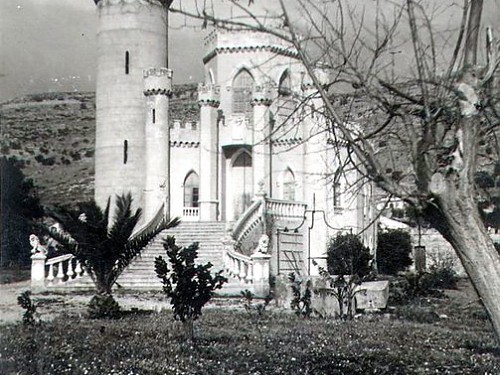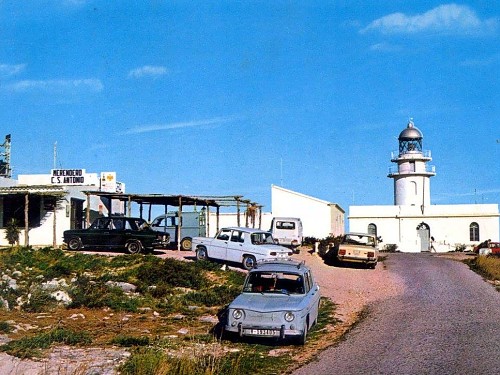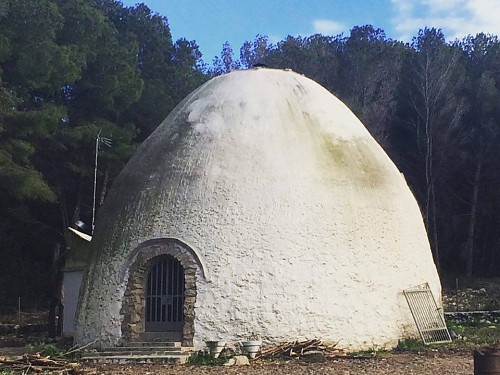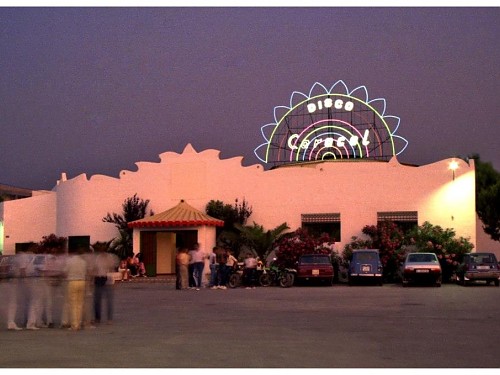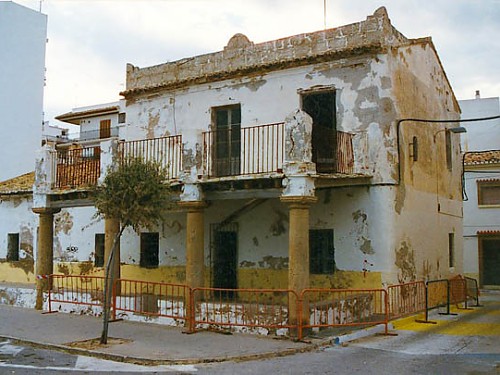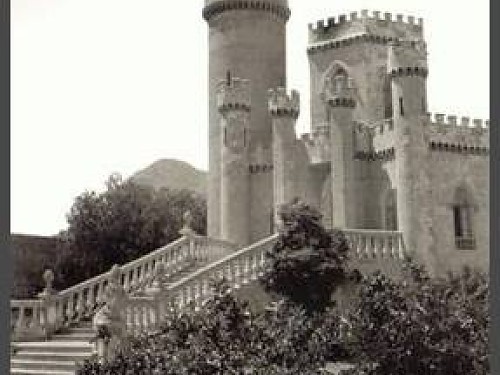5 curious constructions in Jávea that perhaps you have never seen
When we think of Jávea we imagine its landscape, its impressive villas, its charming houses in the Historic Center, its villas decorated with the typical tosca... But in this town some buildings have been built that are very curious, either because of their architecture or because of the stories that have happened in them. Constructions, most of which are part of memory and can only be seen in photography because they have been demolished and no longer exist.
In this post we present some of these houses and tell you what has made them unique:
1. The Cape Merendero < /strong>: by car or on a walking tour from the village. This is how people used to go to the Merendero del Cabo de San Antonio, a bar that was located next to the lighthouse. At present it is the zone destined to the parking of vehicles. In addition to the tasty Suquet de peix that those who went there to eat remember, the views of the sea and Ibiza on sunny days were surely impressive as well.
2. The Igloo: we are not at the North Pole; We are in La Plana, in the Montgó Natural Park. There still stands one of the most curious constructions in Jávea. It is designed in the shape of an igloo. The idea came from the painter and sculptor Eladio Calleja, who lived there. It was his studio and it was also an art gallery in the 1970s. It is currently owned by another family.
3. Caracol Nightclub: next to the Molí Blanc, it was during the seventies -above all- a reference to enjoy the night on the Costa Blanca. It was a nightclub with a very particular design. The dance floor seen from above was shaped like a snail; hence its name. It was located next to the Pla road.
4. The House of Cable : This house was built in 1860. Its mission was very special: to house the telegraph station that served to communicate the Peninsula with the Balearic Islands. From in front of the house, on the Paseo de la Marina Española, there was a submarine cable that reached Sant Josep de Sa Talaia, in Ibiza. From one end to the other, the signals converted into telegrams were sent. It was also the space dedicated to the worship of the Virgen del Loreto before the new Aduanas del Mar church was built. In the early 2000s the house was completely renovated and is now an exhibition hall.
5. The Castle< /strong>: More like a children's story than a house, this building was located on Avenida Juan Carlos I in the direction of the Port. This castle was actually a replica of the Palau de Ripalda in Valencia. The owners were a family from Albaida, where there was also a very similar construction. None of the three exist anymore.
